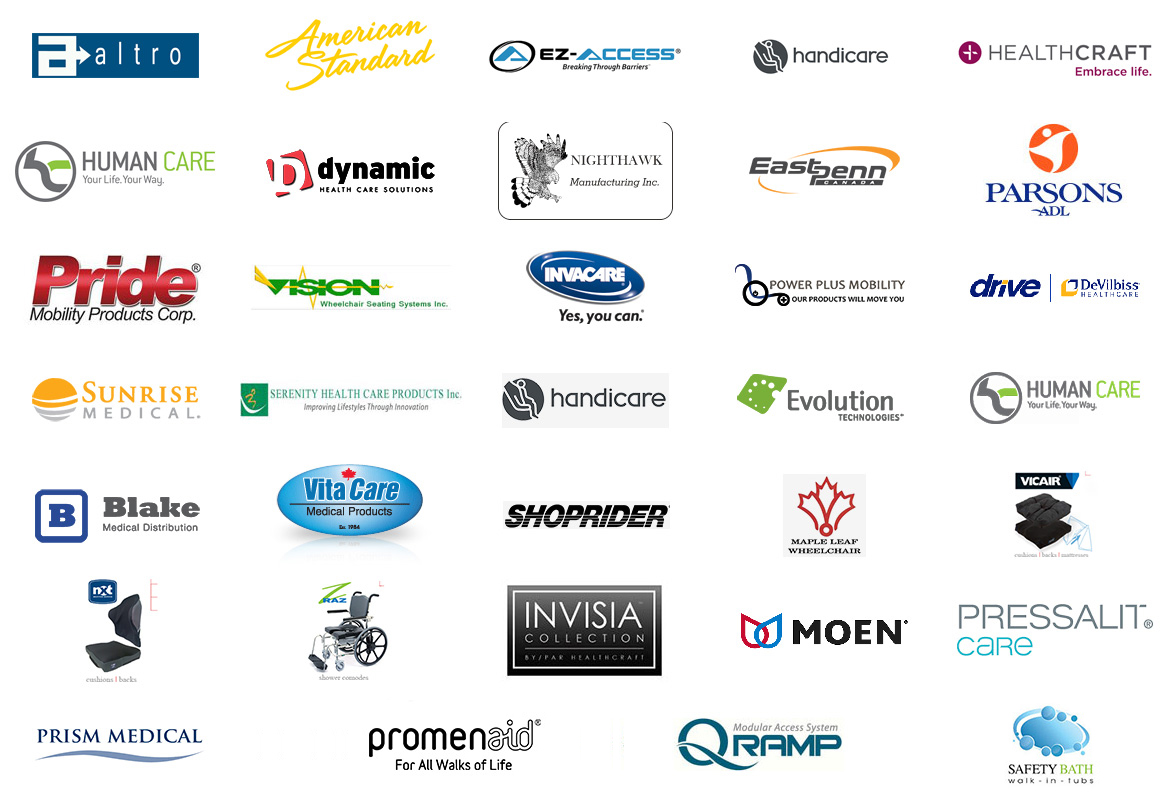What Builders Can Do to Make their Homes More Accessible in the Planning & Building Process
Tuesday, March 29th, 2022, 4:17 pm , Posted by MED +
In 2015, an amendment to Ontario’s Building Code mandated that 15 percent of units in a development be “barrier-free”. This is a step in the right direction for making homes accessible, however with Canada’s aging population leading to more and more people having differing accessibility requirements, making all homes accessible should be a priority for builders.
Here are some tips to consider if you are a builder looking to make your homes more accessible.
Consult
The first step in considering how to make a home accessible should be to consult with those who are in the know. Several firms and individuals specialize in consulting on accessibility: they are knowledgeable not only in the legal requirements in terms of building codes but also in real-world applications of accessibility. They are the ones best suited to advise on how one can make a home accessible in the building stage. Most are available for hire on a consulting basis and can look at blueprints and advise on changes.
Consider public and private spaces
When considering accessibility, it can be easy to consider the inside of the space and focus on things such as lifts for the stairs or widened doorways. But it’s also important that everyone can enter the home in the first place. This is particularly important for shared living such as condos or apartment buildings, as many do not have automatic doors, or entryways into units that are large enough to accommodate a wheelchair. While it’s great to have the units themselves offer accessibility, it’s all for naught if no one can enter the building. When constructing new builds, a focus should be placed on ensuring everyone can enter the premises.
Go above and beyond
While building codes mandate that these spaces be “barrier-free”, simply meeting that requirement does not mean that you are necessarily meeting the needs of this population. Extra features such as adjusted countertop heights or adjusting heights of cabinets can be the difference in making a house feel like a home for those with accessibility concerns. It’s also important to consider that it is expected that demand for accessible issues will grow as the baby boomer population ages, so making all units accessible may prove quite fruitful.
Incorporate technology
There have been several advances in medical technology that can make a home more accessible. There are simple things such as lifts, however, now there are several things that can be wired to voice active, including lights, doors, and windows. Including some of these technologies are a great way to make a home both more modern and more accessible.
Making homes more accessible may seem like a daunting task, but by consulting with the right people and committing to learning more about the needs of this population you can very easily make homes more accessible during the building process.
Read More From Our Blog
5 Benefits Of Using Bathroom Safety Products For Elderly
Browse Blog Topics
- MED+ Partners with Holmes on Homes: Building a Legacy
- 7 Reasons Why a Hospital Bed Could Be a Good Investment for Improved Home Care of a Loved One
- 8 Ways to Make a Home Wheelchair Accessible
- Walkers vs. Rollators: Which is Right for You?
- 5 Ways MED+ Works with Occupational Therapists to Enhance Mobility & Accessibility for Patients





